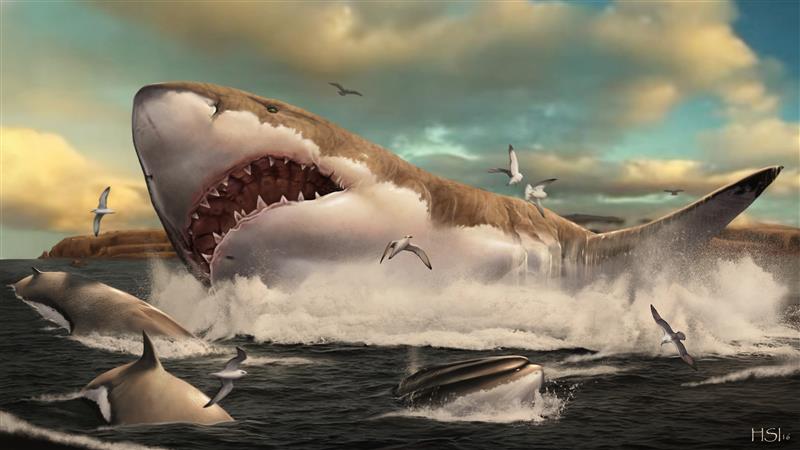Media release
From: The Royal SocietyBaby shark – Megalodon, the largest predatory shark to have ever lived, relied on nurseries to rear its young. Five potential nurseries, dating from 3.6 -16 million years ago, are identified here using fossil teeth of different lengths to differentiate adults and juveniles. Slow to reproduce, megalodon nurseries likely contributed to the success - and later demise - of this iconic top predator, the authors said.
Use of nursery areas by the extinct megatooth shark Otodus megalodon (Chondrichthyes: Lamniformes)
Nursery areas are fundamental for the success of many marine species. Here we examine the population size-class structure of the extinct gigantic shark Otodus megalodon in nine different fossil sites. Our analyses support the presence of five potential nurseries ranging from the middle Miocene (16 Mya) to the Pliocene (3 Mya), with a predominance of neonates and young juveniles. These results reveal, for the first time, that nursery areas were commonly used by O. megalodon over large temporal and spatial scales, reducing early mortality and playing a key role in maintaining viable adult populations.


